If your workout doesn't include strength training, you're missing out. Strength training helps prevent age-related muscle loss, keeps bones strong, promotes mobility, prevents falls, and prevents depression and cognitive decline.
But if you didn't do much strength training when you were younger (and even if you did, you might be scared to step into the weight room now). please do not worry! This guide will help you approach strength training in a safe, effective, and fun way so you can maintain your strength for a lifetime.
Strength training: master the basics first
If you're new to strength training (also known as resistance training), don't worry about the gym floor being full of exercise equipment. Instead, focus on doing bodyweight exercises so you can learn proper form and build a base level of strength before adding on additional challenges, says Winnipeg-based certified exercise physiologist. Recommended by Gavin McHale. This reduces the risk of injury in training and allows you to achieve better results in future training sessions.
When performing basic bodyweight movements, McHale says you should do no more than three sets of 10 to 15 reps. If you find this easy, that's the starting point to start weight training.
Start with the lowest weight available at the gym and increase the resistance until you feel comfortable. Depending on the exercise you're doing, resistance bands can also be a great alternative to traditional free weights like dumbbells. Aim for three sets of 8 to 12 repetitions each, with an emphasis on proper form.
Note that this may require some relaxation. "If you've never done strength training before, keep your first day short and intense," says Chug. “Aim for 10 to 15 minutes, then see how you feel. If you feel pain after a treatment, wait until the pain subsides before undergoing the next treatment. ”
Strength training suitable for elderly people
These exercises strengthen your body's largest muscle groups through functional movements, improving your performance in everyday tasks like climbing stairs, carrying groceries, and playing with your grandchildren. As you get stronger, you can increase the difficulty.
These exercises can be performed in two ways:
- 10 Winter Exercises That Keep You Fit
- 12 Essential Fitness Tips Every Woman Should Know
- 10 Types of Workouts to Try at Home
- Top Best Exercises to Burn Belly Fat Step By Step Guide
Strength training for the elderly: Individual: Aim for 3 sets of 10-15 reps.
As a circuit: repeat the first exercise 10-15 times, then repeat her second exercise, and so on. Once you complete all five exercises, it becomes one round. There will be 3 rounds in total.
Are you ready to get started? I'll show you how to do each movement. As always, safety is key. The exercises here may be different or more advanced than what you experience in a SilverSneakers class. If you have a chronic illness, injury, or balance problem, talk to your doctor about safe ways to exercise.
Exercise #1: Squat
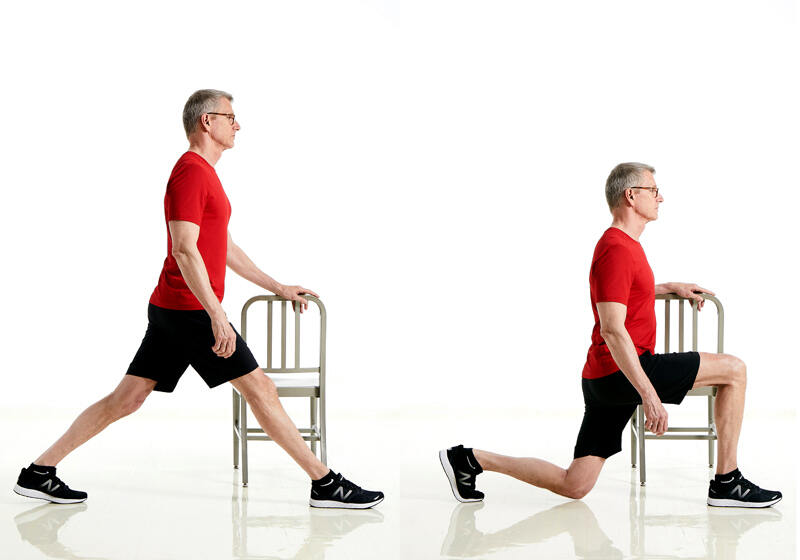
Stand upright with your feet shoulder-to-hip width apart. Extend your arms straight in front of you at shoulder height to support your torso. This is the starting position.
From here, push your hips back, bend your knees, and slowly lower your body into a squat position. At this time, try not to bend your knees. Pause, then slowly push through your heels to return to the starting position. This is repeated. Please aim to do this 10 to 15 times. Easier: Stand in front of a chair. Keeping your weight in your heels, bend your knees and lower your body slowly and controlled into the chair. When your butt touches the seat, push through your heels and stand up. Still too demanding? For more tips, check out our beginner's guide to squats. Make it more difficult: Hold a dumbbell or medicine ball against your chest during the exercise.
Read also: How to Make a Workout Routine and Training Plan
Exercise #2: Incline push-ups
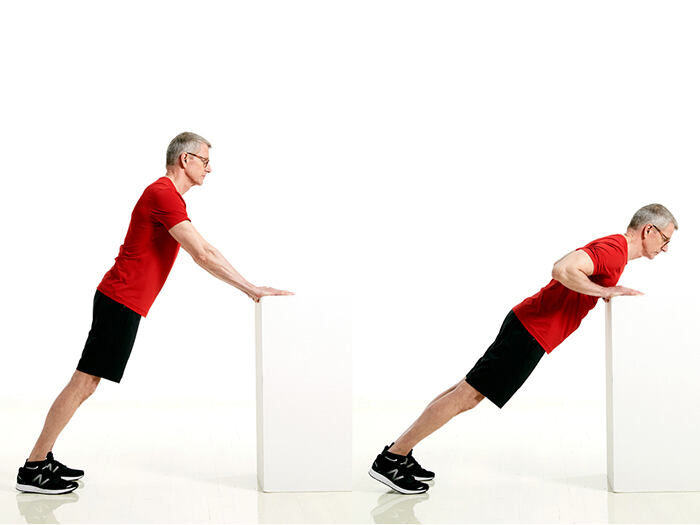
Stand in front of a table, dresser, or wall. The higher the object or the more upright the body, the easier it is to move. Place your hands on a surface or edge, slightly wider than shoulder width apart. While keeping your arms straight and perpendicular to your body, move your legs back until you reach a comfortable angle. Bend your elbows and slowly lower your chest toward the object, pause, then press up to straighten your arms. Keep your body straight during the movement and be sure to tighten your abdominal muscles and tighten your butt. This is repeated. Please aim to do this 10 to 15 times.
Make it harder: As you get stronger, reduce the incline. So if you find push-ups on a wall easy, try using a countertop. If this seems too easy, try doing it on a bench and finally on the floor.
Exercise #3: Seated Row
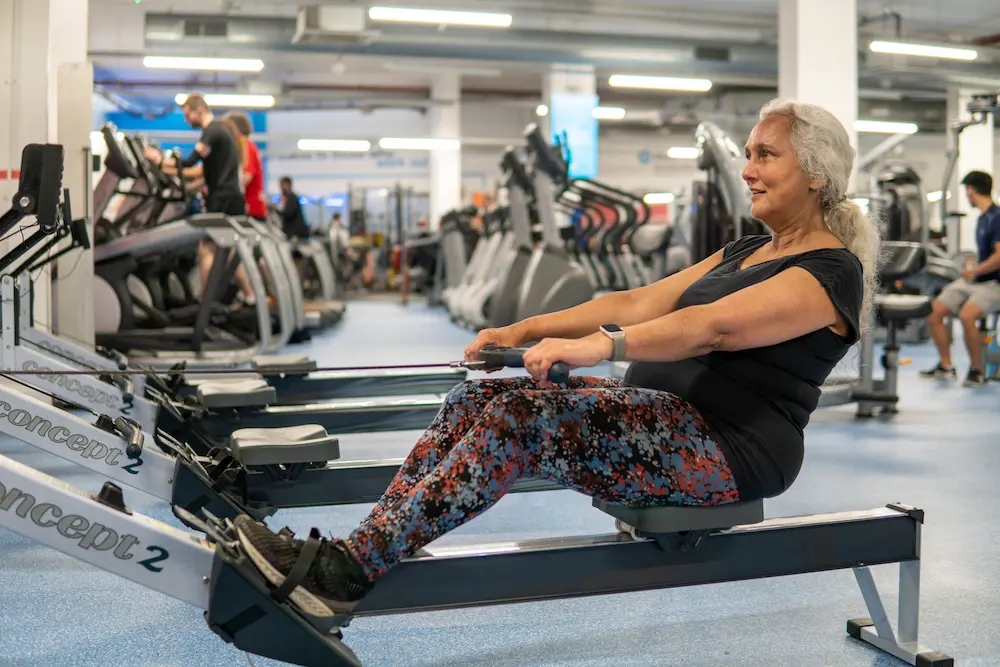
Sit with your legs extended and place the center of the resistance band firmly behind the arch of your foot. If you are using a long exercise band, wrap it around your leg twice so that there is tension when holding the band. Grasp the ends of the band with both hands and extend your arms, palms facing each other. Sit upright, pull your shoulder blades down and back, bend your elbows and slowly pull the band toward your torso. Move your elbows straight back. Please do not spread it horizontally. Slowly reverse the movement to return to the starting position. This is repeated.
Also read: How To Get The Best Nutrition?
Exercise #4: Stationary Lunge
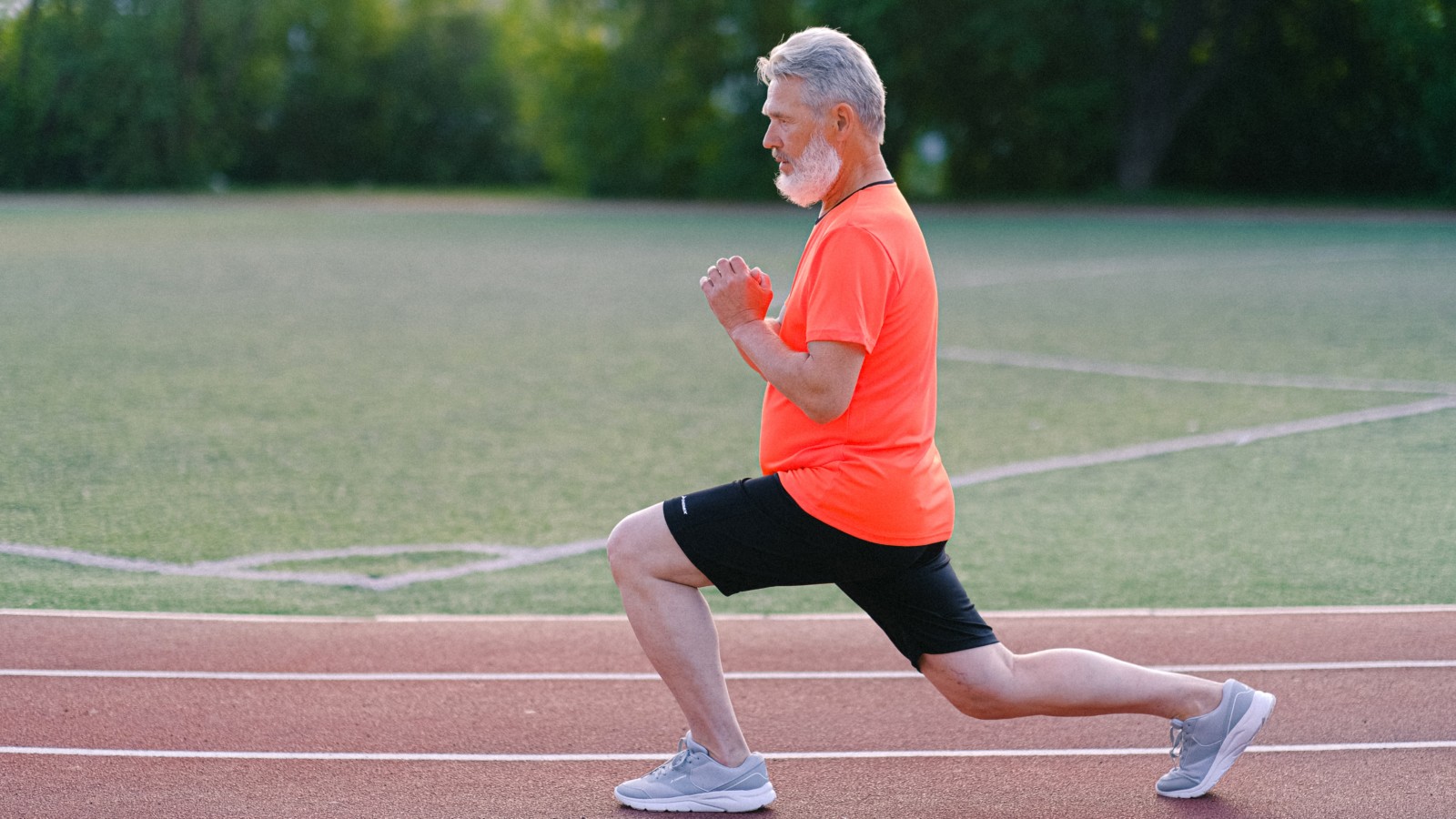
Stand upright and place your arms at your sides. Step your right foot back, placing your toes on the floor and keeping your heel raised.
From this offset position, bend your front (left) knee and slowly lower your body as much as possible. Also, keep your back knee bent until it's a few inches off the ground, but keep your weight on your front heel. Engage your lower abdomen and lift your chest. Pause and push through your front foot to return your body to a standing position. This is repeated. Aim for 10 to 15 repetitions on each side.
Easy to do: Place your hands on the back of a sturdy chair or on a wall for support. Are you worried about your knees? Try bending forward slightly from your hips to reduce stress on your joints, or try other ways to ease lunges into your knees.
Exercise #5: Dead Bug
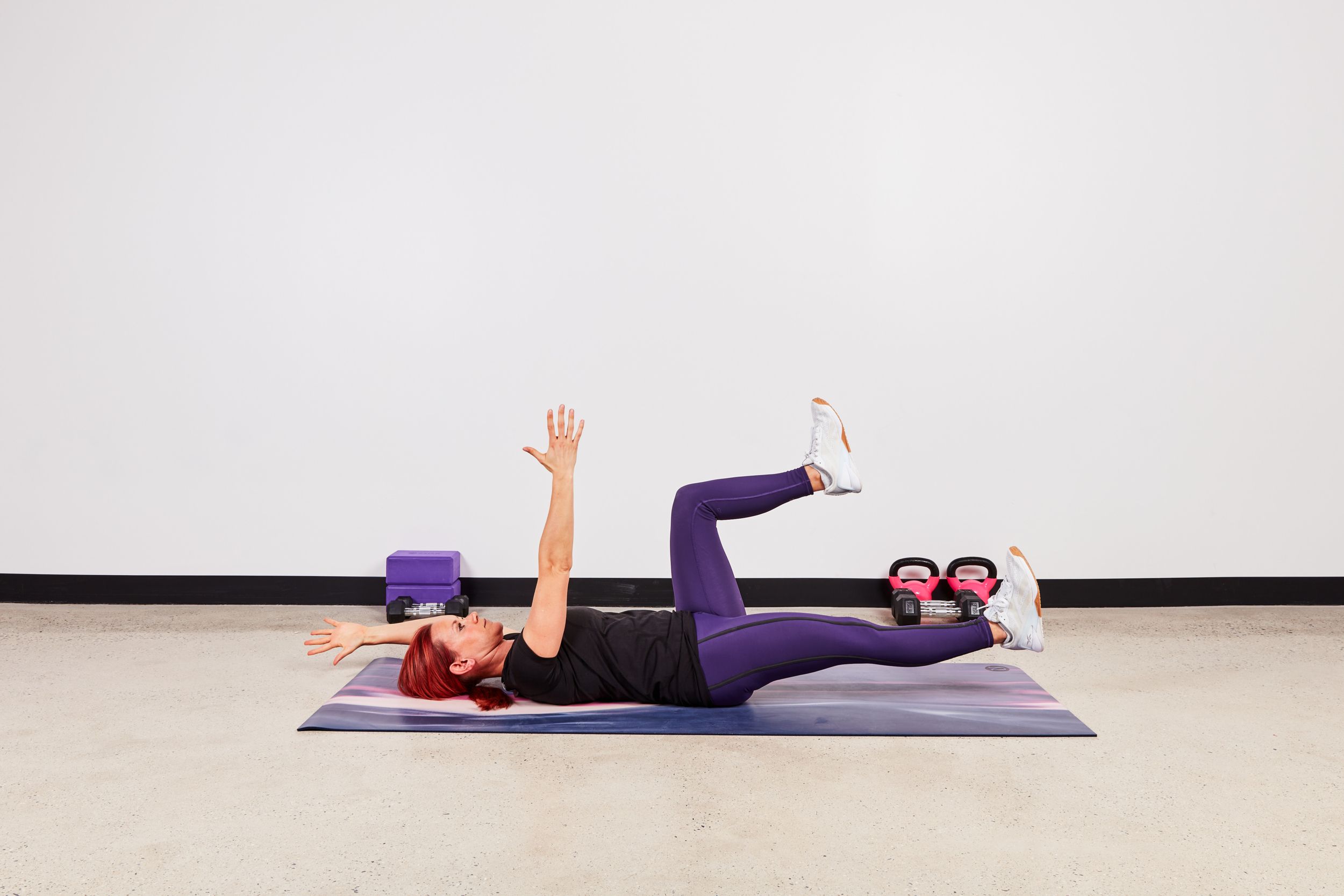
Lie on your back with your knees bent and your feet flat on the floor. Raise the bent leg so that the knee is above the hip, keeping the knee bent at 90 degrees. Tighten your core and press your lower back into the floor. Be sure to maintain this flat back posture throughout the exercise. Place your palms together and extend your arms upwards, pointing them toward the ceiling.
Straighten your left leg and place it on the floor (be careful not to touch the floor). At the same time, lower your right arm back to the floor (try not to touch it). Rest and then return your arms and legs to the starting position. Repeat on the other side, stretching your right leg and left arm. This is repeated. Please aim to do this 10 to 15 times.




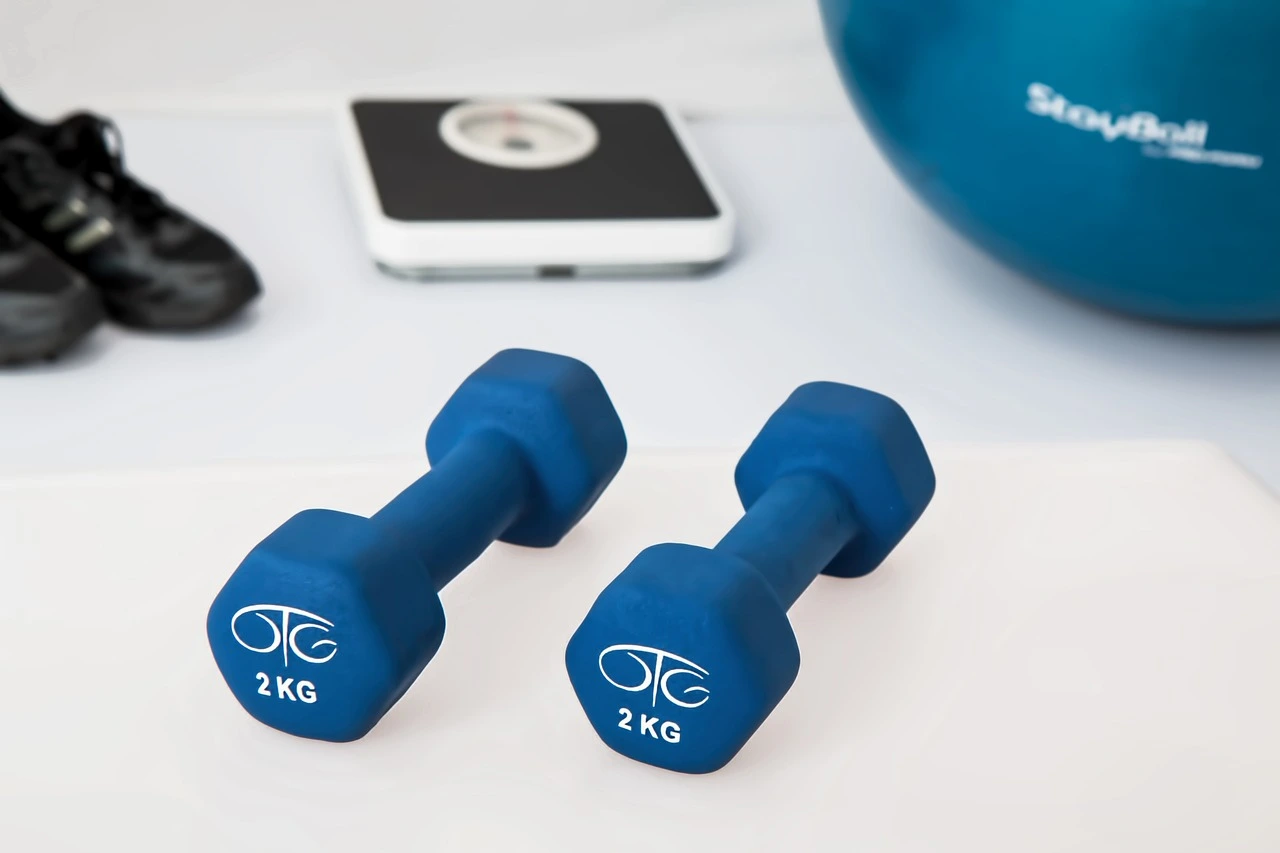

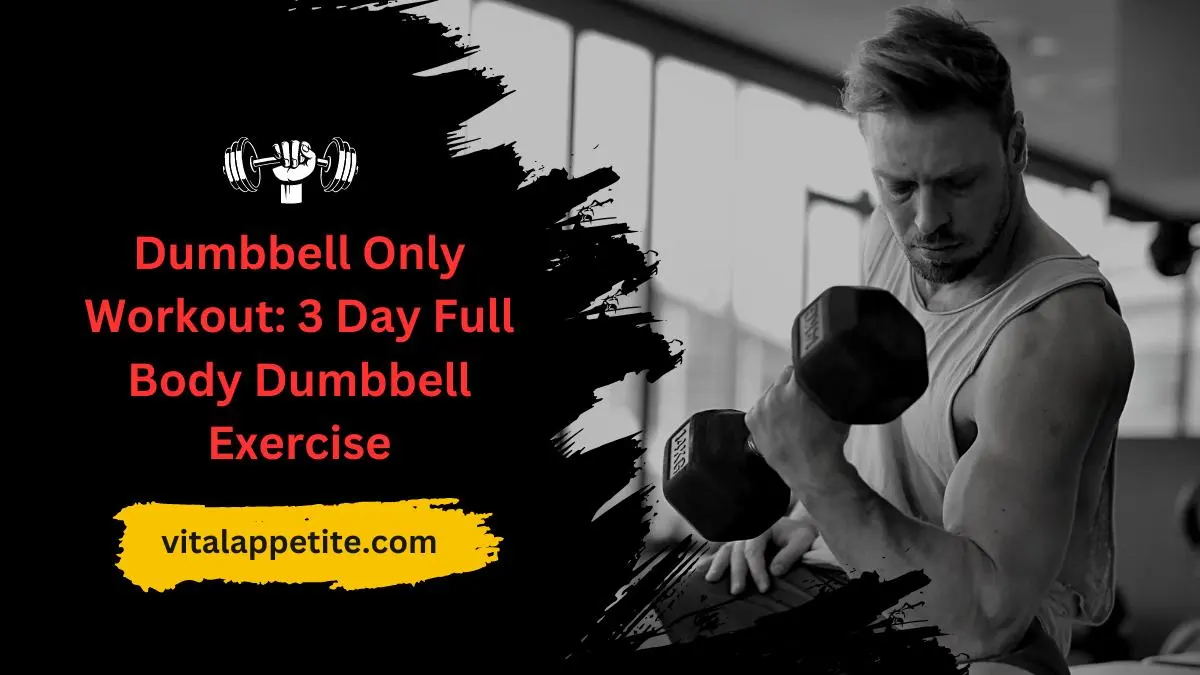
.png)